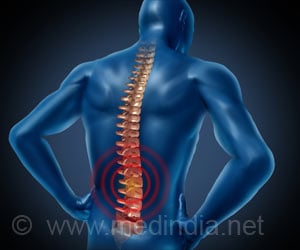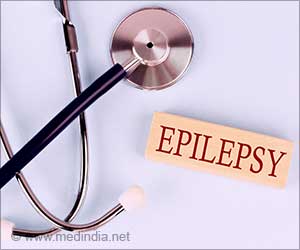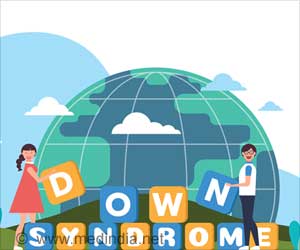Stem cells hold great promise for new treatments for many conditions as they have the ability to become many different types of adult tissue. But the human embryo stem cell is entangled in a lot of controversy. Hence scientists believe the human testicle may provide a less controversial source of cells for stem cell research.
A German team has described the procedure of isolation of the cells from mice testes and was of great usefulness. The researchers believe similar cells could also be extracted from humans.Cells in the testes like embryonic stem cells have the ability to generate numerous different tissue types. The researchers, from the Georg August University in Gottingen, isolated sperm-producing cells from the testes of adult mice. Under certain culture conditions these cells grew into colonies much like embryonic stem cells. They called these cells multipotent adult germline stem cells (maGSCs).
Certain features of maGSCs are that it can spontaneously differentiate into the three basic tissue layers of the embryo and contribute to the development of multiple organs when injected into embryos.
Professor Chris Higgins, director of the Medical Research Council's Clinical Sciences Centre, said that much more research is required before the similarities and differences between these testes cells and embryonic stem cells are understood, and before their potential for use in therapy can be properly assessed. Professor Harry Moore, of the Centre for Stem Cell Biology at the University of Sheffield, UK, said that there were a number of key differences between mice and human testes cells.
Mice cells proliferated readily but it is not so in the case of humans. The chemicals that each type of cell employed to grow were also significantly different. The Department of Health spokesperson said that government is investing £100m in stem cell research to study about all types of stem cells including embryonic, umbilical and adult.





